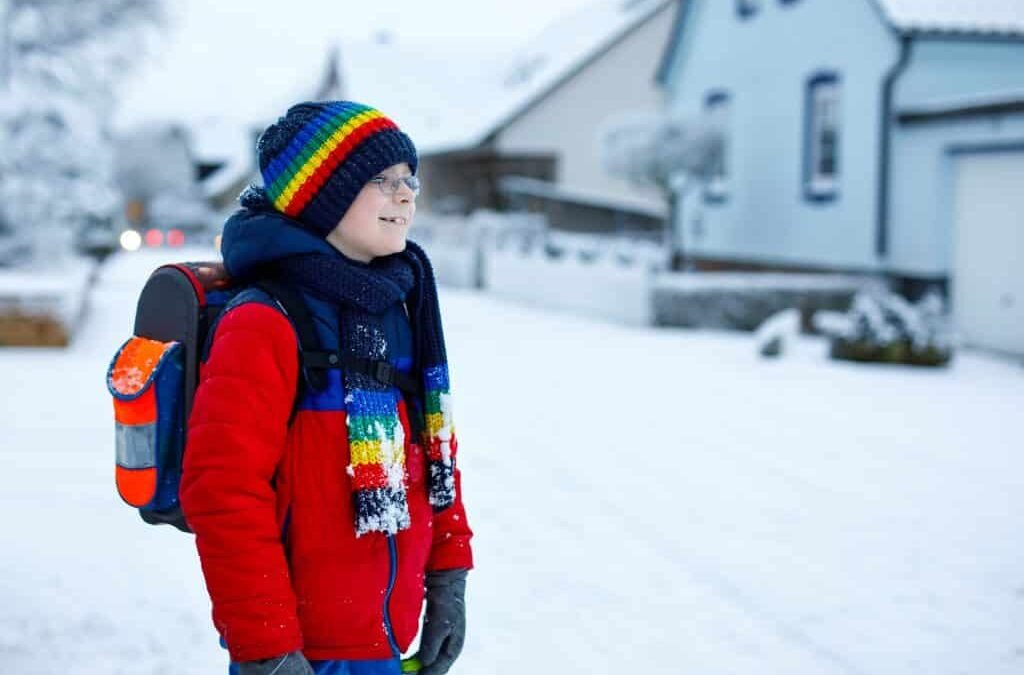Finland: a small Nordic country with a population of just over 5.5 million.
And home to the world’s leading schooling system.
Around the world, Finland is acknowledged as an ‘educational superpower’.
Their schools are top ranked among developed nations on the PISA scale…
An international, standardised assessment that measures 15-year-olds in language, maths and science.
Yet the lack of focus on standardised tests is one of the reasons that the Finnish school system is so successful.
In this post, we’ll look at what Finland schools do so successfully…
And how it differs from what we’re used to in Australian schools.
In Part 2 of this post, we’ll look at how parents can take lessons from Finland to help their children thrive in school, from home.
All Schools are Made Equal
In Finland, there are no private schools…
Even the few independent schools are publicly financed, and there are no private universities, either.
‘This means that practically every person in Finland attends public school, whether for pre-K or a Ph.D’, explains Anu Partenen in the article ‘What Americans Keep Ignoring About Finland’s School Success’.
And all teachers are trained, treated and respected equally, too.
Every teacher has a Master’s Degree, prestige, decent pay, and a huge amount of autonomy and authority in their classroom.
There is no list or ranking of best teachers in the country, or the best schools.
And so what this means is that no child’s educational opportunities are disadvantaged by their location, their socio-economic situation, or their skill-level or intellect.
While in Australia, parents can shop around to find the ‘right’ school for their child, within their means…
In Finland, parents have even more choice, but they’re not restricted or influenced by reputation, teaching credentials or cost.
So every child has the same opportunities in their education.
Teaching and Learning is Personalised
Finland invests in educating, training and supporting their teachers, so that the teachers can do the same for their students.
Once teachers are qualified, they ‘are trusted to do whatever it takes to turn young lives around’.
Rather than adhering to a strict curriculum, or a standard method of learning…
Each teacher adopts their own unique method, one that they’ve judged to be best for their class and every member in it.
‘All children have access to individualised support and help based on their needs from the beginning of their schooling’, explains Finnish education expert Professor Pasi Sahlberg.
‘Every child has some special needs, therefore special education is for everyone.’
The large class sizes in Australian schools make truly personalised learning an impossibility.
But the very small class sizes in Finnish schools allow teachers to keep on top of the needs of each student…

